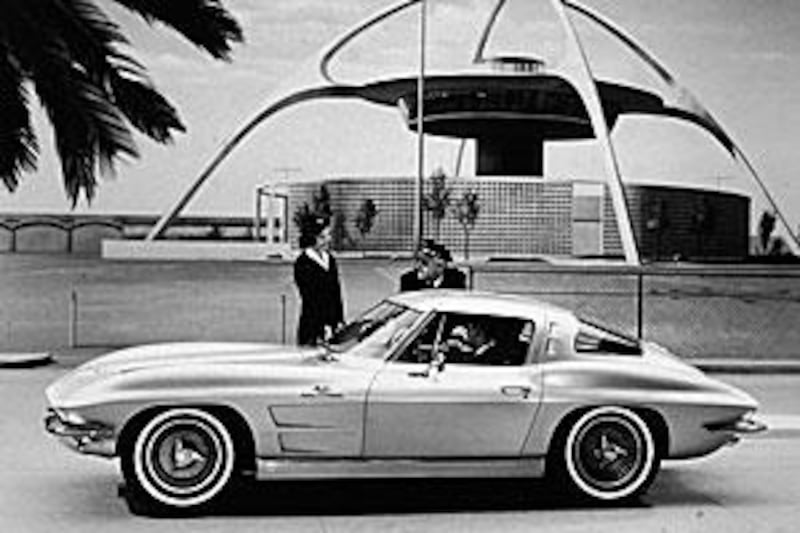The Corvette is as American as apple pie and yet, in many ways, it stands apart in the legions of American motoring classics. It doesn't quite fit the template for the quintessential American car. It doesn't weigh the same as a suburban bungalow, for a start; nor does it handle like an oil tanker on ice; nor is it designed with the sole use of a set square. Indeed, it is positively lithe, a shark prowling among walruses in the American car pool.
Of course, it still retained some of the hallmarks of its bulbous and bloated kith and kin. It had an enormous engine and an insatiable thirst for fuel, but you can't have everything. The original Corvette was unveiled in 1953. It's designer, Harley Earl, was heavily influenced by the stream of stylish and svelte European sports cars bought back by GIs after the war. He dreamt of an American car that would imitate and rival marques like Alfa Romeo and Austin-Healey. The result was the Corvette, named after a small fighting frigate, and boasted a revolutionary fibreglass body.
Underneath the sleek, curvaceous lines lurked a primitive six-cylinder truck engine and a sluggish automatic transmission, making its performance comparable to a cheetah with a limp. There was a very real danger of the Corvette becoming a mere footnote in automotive history. But with the arrival of the Sting Ray in 1963, the model was saved and a legend was born. Finally, the Americans had a sports car they could be proud of, that need not blush in comparison with its European contemporaries.
The Sting Ray's looks were so futuristic Buzz Aldrin could have driven one to the Moon by mistake. This time, no chances were taken with performance, and Buzz's G-force training would have come in handy. A 7.0-litre powerplant was somehow shoe-horned under the sleek, grilled bonnet, and the driver had to make do with small cockpit behind in an all but futile attempt to keep up with bowel-stirring power before him. With telescopic steering and air- conditioning, it was a car before its time and the car to be seen in during the mid 1960s.
There is a myth that the unusual style of the split-window coupe was inspired by a shark that its designer Bill Mitchell caught while deep sea fishing. With an aerodynamic scooped body, fins and gills, it certainly bears more than a passing resemblance to the cold-blooded predators of the deep. It also owed a debt to the Jaguar E-Type, the car Mitchell himself drove. While the Corvette still thrives today, over 50 years since its launch, its most alluring and enduring model remains the incomparable Sting Ray.
tbrooks@thenational.ae






